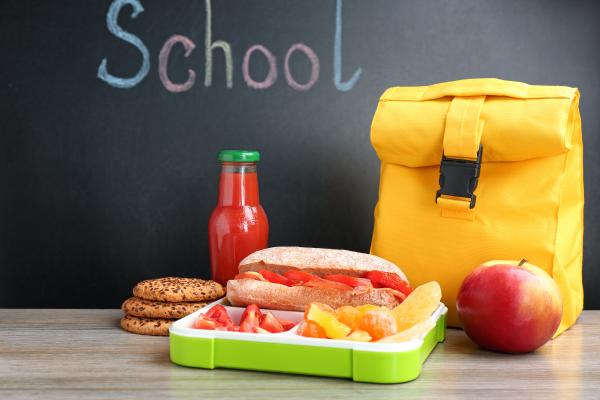An idea out of Flinders University could have parents rejoicing: what if schools provided lunches for Australian students?
Researchers from the university’s Caring Futures Institute investigated whether it would be more nutritious, and there would be better learning outcomes, if the school provided lunches.
The institute’s deputy director Professor Rebecca Golley said it was a common practice in other countries such as the UK and would mean less room for treats high in sugar or salt.
“A universal school-provided lunch model could help to ensure all children have access to food at school, reduce stigma of children not having lunch or having different types of foods to their peers, and help to ensure children are provided with healthy lunch options,” she explained.
“The meal would be prepared on site and served to children in their classroom, school hall or school yard, compared with the current school food model in Australia where generally parents provide lunch to their child/children, either as a lunchbox packed from home or purchased from a school canteen.
“While there will need to be an initial investment to set-up the necessary infrastructure and getting the right policies and guidelines in place, what is emerging from some work around Australia is that this public health strategy can deliver in terms of learning, student engagement and wellbeing.
“By children being provided with healthy meals at school, we think it will help children to concentrate in the classroom and support their learning.”
In a separate study, the university’s research team examined the dietary intake of children aged 5-12 years during school hours. The study found 40 per cent of the energy kids consume at school comes from unhealthy food, with most children consuming no or very few serves of vegetables, protein-rich foods, or dairy during school hours.
Flinders University nutrition and dietetics researcher Brittany Johnson said good nutrition supports growth, learning and development.
“Australian families constantly face the challenge of packing lunchboxes that are nutritious, safe and quick, and that their children will eat.”
The Caring Futures Institute’s tips for healthier lunchboxes:
• Keep lunchboxes and snacks basic: go back to the less packaged foods – grainy sandwich, vegie sticks, fruit and yoghurt, researchers say.
• Reduce unhealthy foods by cutting portion sizes in half or limiting the number of days in a week your children eat these foods.
• Head to the supermarket with clear plans and stick to them. Avoid the snack aisle. If there are no unhealthy foods brought into the home this can make it easier to eat healthier alternatives from the five food groups.








